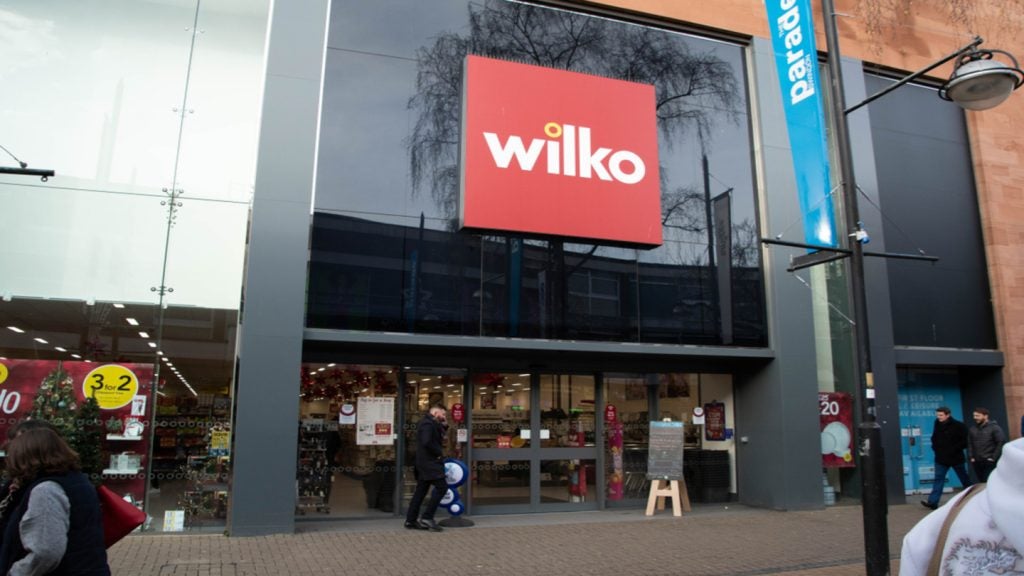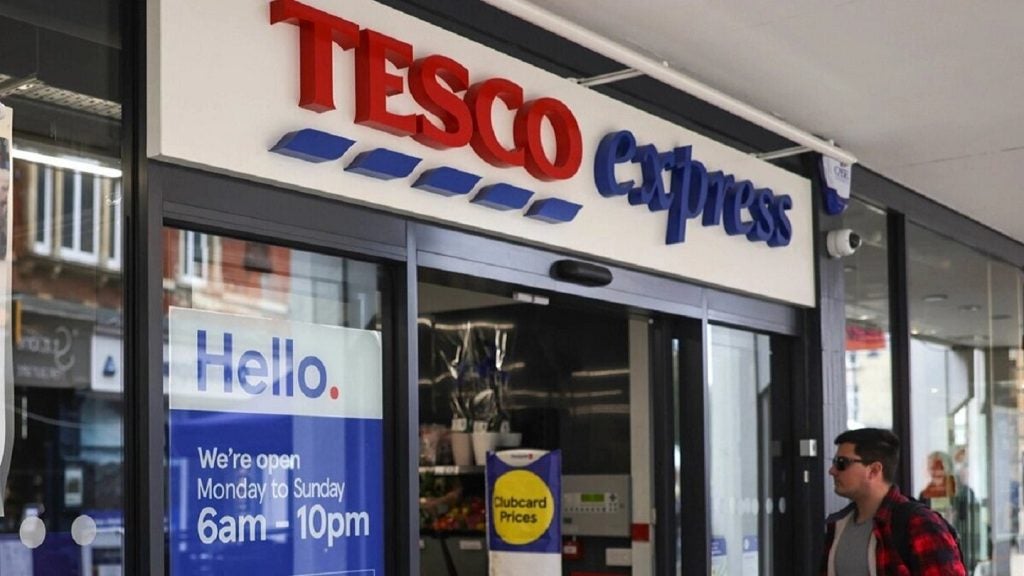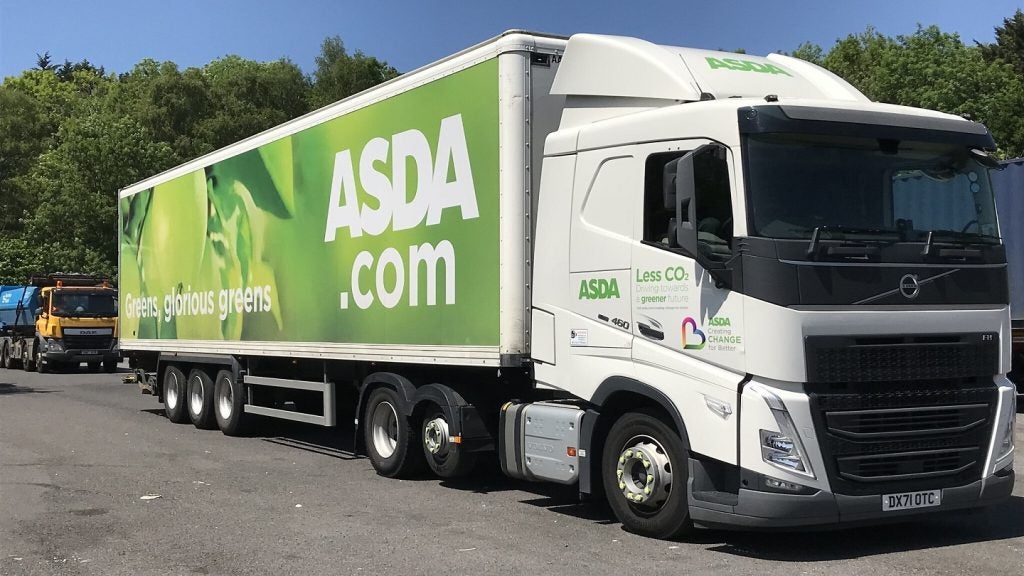Forecasts for the growth of UK discount retailing might have appeared to augur well for Wilko, with the Institute of Grocery Distribution expecting a 24% growth in channel value between 2022 and 2027. Tailwinds for the discount sector include consumer spending cutbacks and significant growth in private label sales, pushing the likes of B&M to record a 4.6% uplift in annual revenue.
However, as it happens, Wilko has joined the high street’s other recent casualties, an ever-expanding list which includes Paperchase, Scotland-based M&Co, David’s Bridal and Le Pain Quotidien, among others.
The company has been struggling for some time, recording a loss of £31.9m in its latest accounts filing (for the year ending January 2022), where it complained of “continued challenges to our trading environment”. The family-run business cited cost price and retail price inflation, a tight labour market with difficult-to-fill logistics roles and the increasing popularity of omnichannel shopping.
During the Covid-19 pandemic, Wilko also vastly underperformed other essential and bargain retailers in spite of its online presence. B&M, for example, grew its sales by 24% between April and December 2020, while The Range also reported solid trading during lockdown. Even before the Covid-19 outbreak, sales had been declining, down 5.7% in FY2019/20 and 3.9% in FY2018/19, suggesting that the company’s proposition has long been failing to resonate with consumers.
Matthew Walton, Senior Data Analyst at GlobalData, says that the company has failed to compete with discount competitors on price (including the non-food aisles of Aldi and Lidl), and has been unable to compete with the likes of Dunelm or IKEA on value and design.
£3m dividends, non-resilient supply chains, and costly high street locations
The company’s litany of troubles extend beyond the crowded discounter market, with accusations of bad management and inconsistent leadership coming from all quarters. The National Officer for trade union GMB Nadine Houghton has said: “GMB has been told time and time again how warnings were made that Wilko was in a prime position to capitalise on the growing bargain retailer market, but simply failed to grasp this opportunity.” She cited the huge dividends that were paid out to members of the Wilkinson family, at a time when Wilko’s e-commerce offering was demanding investment in new technologies.
Supply-side challenges and outdated supply chains have also received inadequate attention. In 2021, poor financial performance was blamed on “severe and widespread disruption to supply chains globally”, as it struggled to mitigate the impact of the Suez Canal blockage. Meanwhile, competitor B&M’s more resilient business model involves sourcing “a limited range of best-selling products” from diverse suppliers, while use of artificial intelligence software has optimised complex global supply chains and stock management.
The company’s e-commerce strategy, though it buoyed sales during successive lockdowns, also appears ill-conceived. In June, Wilko extended its contract with logistics provider GXO until June 2026 as part of its “omnichannel transformation strategy.” However, discounters rarely operate online due to high operating costs and small product margins: in April of this year, B&M pulled the plug on its online pilot just seven months after launch.
Retail analyst Richard Hyman told the Guardian that Wilko has also placed too many large stores in expensive high street locations, having resorted to a CVA in July to secure reduced rents from landlords. High visibility locations may well advantage fashion outlets, whose storefronts persuade potential customers to enter, but not “destination” or discount retailers like Wilko. Unlike competitors Home Bargains and B&M, Wilko’s stores are largely concentrated in urban centres, with just 3% located in retail parks, according to CACI’s Local Footprint data.
Now, as Wilko plasters administration sale signs into the windows of its 400 outlets, Britain’s high street looks to have gained yet another black hole.












